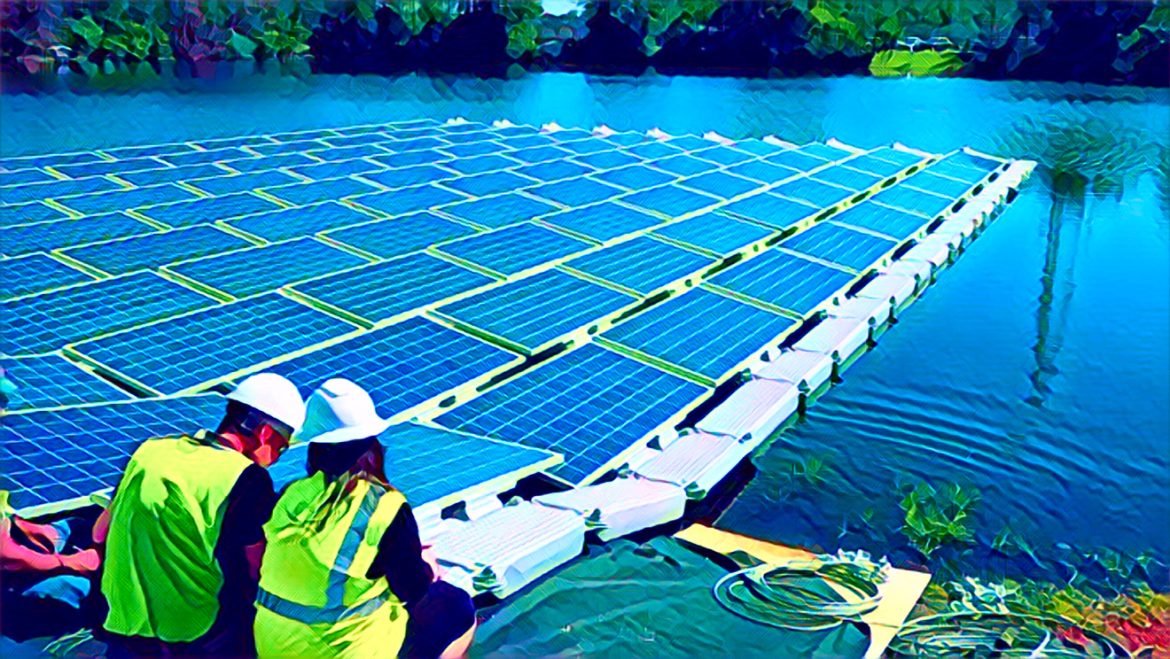KEY POINTS
- Zimbabwe to build a 250MW floating solar plant on Kariba Dam, scalable to 1GW.
- Solar project integrates renewable energy into Kariba hydropower, addressing 18-hour power outages.
- IEUG ensures seamless grid integration with a 20-year transmission agreement.
Zimbabwe’s industrial energy consumers have secured $250 million from the African Export-Import Bank to finance a floating solar energy facility on the Kariba Dam.
The Intensive Energy User Group (IEUG), comprising mining firms like the former local branch of Rio Tinto and Mimosa, aims to establish a 250-megawatt facility in the next 18 months.
Zimbabwe’s largest renewable energy project
The project, slated to be the largest of its kind in Zimbabwe, has the potential to expand to 1 gigawatt of capacity, according to a presentation by the IEUG.
Edward Cross, chairman of the IEUG, said investor interest in the project was “oversubscribed,” reflecting strong confidence in the plan.
Renewable solution to persistent power cuts
Zimbabwe is facing unprecedented power shortages, exacerbated by dwindling water levels at the Kariba Dam.
The hydropower plant, with an installed capacity exceeding 1,000 megawatts, is presently producing just 125 megawatts because of insufficient water intake. This has resulted in power outages lasting as long as 18 hours each day.
The solar project seeks to incorporate renewable energy into the existing hydropower system of Kariba Dam.
“This transformative project will boost Zimbabwe’s renewable energy capacity and ensure reliable power,” the African Export-Import Bank said in a statement.
National grid integration
The IEUG holds a retail supply license and a 20-year transmission agreement, ensuring that the solar-generated power will be seamlessly connected to Zimbabwe’s national grid.
The floating solar project is expected to not only stabilize the country’s energy supply but also enhance economic activities by reducing the dependency on water-dependent power generation.
It represents a significant move toward diversifying Zimbabwe’s energy sources while addressing its growing demand for sustainable solutions.
Official timelines indicate the initial phase will be operational by 2025.


